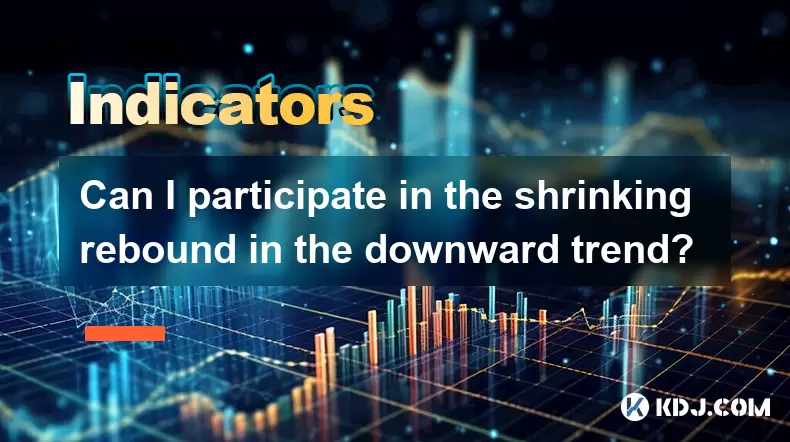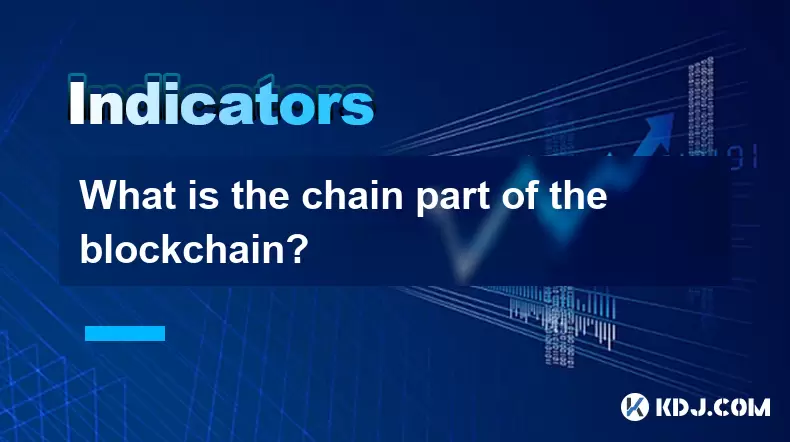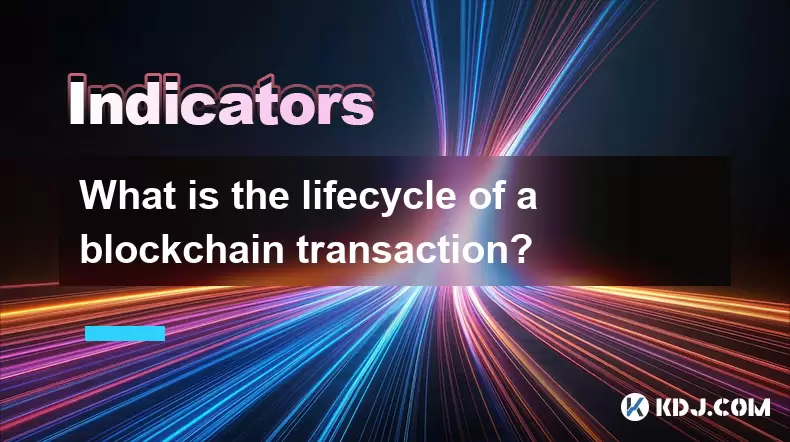-
 Bitcoin
Bitcoin $114400
1.32% -
 Ethereum
Ethereum $3499
2.20% -
 XRP
XRP $2.922
4.26% -
 Tether USDt
Tether USDt $0.0000
0.03% -
 BNB
BNB $752.6
1.53% -
 Solana
Solana $161.8
1.64% -
 USDC
USDC $0.9999
0.01% -
 TRON
TRON $0.3267
1.32% -
 Dogecoin
Dogecoin $0.1991
3.02% -
 Cardano
Cardano $0.7251
3.29% -
 Hyperliquid
Hyperliquid $38.32
3.36% -
 Stellar
Stellar $0.3972
7.58% -
 Sui
Sui $3.437
2.74% -
 Chainlink
Chainlink $16.29
3.65% -
 Bitcoin Cash
Bitcoin Cash $545.3
3.70% -
 Hedera
Hedera $0.2482
7.49% -
 Ethena USDe
Ethena USDe $1.001
0.03% -
 Avalanche
Avalanche $21.40
2.02% -
 Toncoin
Toncoin $3.579
1.56% -
 Litecoin
Litecoin $109.3
2.20% -
 UNUS SED LEO
UNUS SED LEO $8.951
-0.18% -
 Shiba Inu
Shiba Inu $0.00001220
2.75% -
 Polkadot
Polkadot $3.613
2.99% -
 Uniswap
Uniswap $9.173
3.78% -
 Monero
Monero $302.6
2.62% -
 Dai
Dai $0.0000
0.00% -
 Bitget Token
Bitget Token $4.320
1.52% -
 Pepe
Pepe $0.00001048
3.40% -
 Cronos
Cronos $0.1314
4.33% -
 Aave
Aave $259.4
3.54%
Can I participate in the shrinking rebound in the downward trend?
Traders can profit from shrinking rebounds in a downward trend by short selling at peak rebounds, using stop-loss orders for risk management.
Jun 01, 2025 at 06:49 pm

Understanding the Shrinking Rebound in a Downward Trend
In the world of cryptocurrencies, market trends can significantly influence trading strategies. One particular phenomenon that traders often encounter is the shrinking rebound within a downward trend. This refers to a situation where the price of a cryptocurrency experiences smaller and smaller rebounds as it continues to trend downwards. The question many traders ask is: Can I participate in the shrinking rebound in the downward trend? The answer is yes, but it requires a thorough understanding of the market dynamics and a disciplined approach to trading.
Identifying a Shrinking Rebound
To effectively participate in a shrinking rebound, the first step is to accurately identify this pattern. A shrinking rebound can be observed on a price chart where the peaks of the rebounds become progressively lower. Here's how you can spot it:
- Observe the price chart: Look for a series of lower highs after each downward move.
- Use technical indicators: Tools like the Relative Strength Index (RSI) or Moving Average Convergence Divergence (MACD) can help confirm the weakening rebounds.
- Monitor volume: A decrease in trading volume during rebounds can indicate a shrinking rebound.
Once you've identified a shrinking rebound, you can start planning your trading strategy.
Strategies for Trading Shrinking Rebounds
There are several strategies that traders can employ to participate in a shrinking rebound within a downward trend. Here are some of the most effective ones:
Short Selling: As the rebounds become smaller, you can short sell at the peak of each rebound, expecting the price to continue falling. This strategy involves borrowing the asset, selling it at the peak, and then buying it back at a lower price to return to the lender, profiting from the price difference.
Bearish Options: Purchasing put options can be another way to profit from a shrinking rebound. A put option gives you the right to sell the asset at a predetermined price, allowing you to benefit from the anticipated downward movement.
Scalping: This involves making quick trades to capture small price movements. In the context of a shrinking rebound, scalpers might buy at the troughs and sell at the smaller peaks, aiming to profit from the diminishing rebounds.
Risk Management in Shrinking Rebound Trading
Participating in a shrinking rebound comes with its own set of risks, and effective risk management is crucial. Here are some key practices to consider:
Set Stop-Loss Orders: Always use stop-loss orders to limit potential losses. For instance, if you're short selling, set a stop-loss order above the peak of the last rebound to minimize your risk.
Position Sizing: Determine the appropriate size of your position based on your risk tolerance. Smaller positions can help manage the impact of any adverse price movements.
Diversification: Don't put all your capital into one trade. Spread your investments across different assets to mitigate risk.
Psychological Aspects of Trading Shrinking Rebounds
Trading in a downward trend, especially during shrinking rebounds, can be emotionally challenging. Here are some psychological factors to keep in mind:
Patience: It's essential to wait for the right moment to enter a trade. Rushing into a position can lead to poor decision-making.
Discipline: Stick to your trading plan and avoid making impulsive decisions based on short-term market fluctuations.
Emotional Control: Fear and greed can cloud judgment. Maintain a clear head and focus on your strategy rather than reacting to market noise.
Tools and Resources for Trading Shrinking Rebounds
To successfully participate in a shrinking rebound, having the right tools and resources at your disposal is vital. Here are some recommendations:
Trading Platforms: Platforms like Binance, Coinbase Pro, or Kraken offer advanced charting tools and real-time data, which are essential for identifying shrinking rebounds.
Technical Analysis Software: Tools like TradingView or MetaTrader can provide detailed analysis and customizable indicators to help you spot market patterns.
Educational Resources: Websites, books, and courses on technical analysis and trading strategies can enhance your understanding of market dynamics.
Practical Steps to Participate in a Shrinking Rebound
Here's a detailed guide on how to participate in a shrinking rebound in a downward trend:
Choose Your Asset: Select a cryptocurrency that you believe is in a downward trend with shrinking rebounds. For example, let's assume you're looking at Bitcoin (BTC).
Analyze the Chart: Use your trading platform to view the price chart of BTC. Look for a series of lower highs, indicating a shrinking rebound.
Confirm with Indicators: Apply technical indicators like RSI or MACD to confirm the weakening rebounds. For instance, if the RSI shows lower peaks alongside the price chart, it supports the shrinking rebound pattern.
Plan Your Entry: Decide on your entry point. If you're short selling, you might enter at the peak of the latest rebound. For example, if BTC reaches $30,000 and you believe it will fall further, you can short sell at this price.
Set Your Stop-Loss: Determine your stop-loss level. If you short sell at $30,000, you might set your stop-loss at $30,500 to limit your potential loss.
Execute the Trade: Place your short sell order at the chosen entry point and set your stop-loss order.
Monitor and Adjust: Keep an eye on the market and be ready to adjust your stop-loss if necessary. If the price continues to fall, you might move your stop-loss down to lock in profits.
Exit the Trade: Decide on your exit strategy. You might choose to close your position once the price reaches a predetermined level, such as $28,000.
By following these steps, you can effectively participate in a shrinking rebound within a downward trend.
Frequently Asked Questions
Q: How can I tell if a rebound is truly shrinking and not just a temporary fluctuation?
A: To distinguish a shrinking rebound from a temporary fluctuation, look for a consistent pattern of lower highs over multiple rebounds. Use technical indicators like RSI or MACD to confirm the trend. Additionally, monitor the trading volume; a shrinking rebound often coincides with decreasing volume during the rebounds.
Q: Are there any specific cryptocurrencies that are more prone to shrinking rebounds?
A: Shrinking rebounds can occur in any cryptocurrency, but they are more commonly observed in assets with higher volatility and trading volumes, such as Bitcoin and Ethereum. These assets often experience more pronounced trends, making shrinking rebounds easier to identify.
Q: Can I use automated trading bots to participate in shrinking rebounds?
A: Yes, automated trading bots can be programmed to identify and trade shrinking rebounds. However, setting up such bots requires a deep understanding of both the market and the bot's capabilities. Ensure that your bot is configured to execute trades based on the specific patterns of shrinking rebounds and that it includes robust risk management features.
Q: How do market news and events affect shrinking rebounds?
A: Market news and events can significantly impact the behavior of shrinking rebounds. Positive news might temporarily halt or reverse a downward trend, causing a larger rebound. Conversely, negative news can accelerate the downward movement, making the rebounds even smaller. Always stay informed about market news and adjust your trading strategy accordingly.
Disclaimer:info@kdj.com
The information provided is not trading advice. kdj.com does not assume any responsibility for any investments made based on the information provided in this article. Cryptocurrencies are highly volatile and it is highly recommended that you invest with caution after thorough research!
If you believe that the content used on this website infringes your copyright, please contact us immediately (info@kdj.com) and we will delete it promptly.
- Altcoin Rotation, Smart Money, and Investment Trends: What's the Deal?
- 2025-08-04 12:30:11
- Crypto, Pi Network, Movement: Is Pi Coin the Next Big Thing?
- 2025-08-04 12:30:11
- Bitcoin, Metaplanet, and Institutional Confidence: A New Era?
- 2025-08-04 12:50:12
- XRP Price, Ripple CTO, and Tokenized Finance: A New York Minute on Crypto
- 2025-08-04 12:50:12
- Pi Coin: Future Access or Early Adoption Blues?
- 2025-08-04 12:55:11
- Ethereum Liquidations Rock Crypto Market: What's a New Yorker to Do?
- 2025-08-04 13:00:17
Related knowledge

What is a light client in blockchain?
Aug 03,2025 at 10:21am
Understanding the Role of a Light Client in Blockchain NetworksA light client in blockchain refers to a type of node that interacts with the blockchai...

Is it possible to alter or remove data from a blockchain?
Aug 02,2025 at 03:42pm
Understanding the Immutable Nature of BlockchainBlockchain technology is fundamentally designed to ensure data integrity and transparency through its ...

How do I use a blockchain explorer to view transactions?
Aug 02,2025 at 10:01pm
Understanding What a Blockchain Explorer IsA blockchain explorer is a web-based tool that allows users to view all transactions recorded on a blockcha...

What determines the block time of a blockchain?
Aug 03,2025 at 07:01pm
Understanding Block Time in Blockchain NetworksBlock time refers to the average duration it takes for a new block to be added to a blockchain. This in...

What is the chain part of the blockchain?
Aug 02,2025 at 09:29pm
Understanding the Concept of 'Chain' in BlockchainThe term 'chain' in blockchain refers to the sequential and immutable linkage of data blocks that fo...

What is the lifecycle of a blockchain transaction?
Aug 01,2025 at 07:56pm
Initiation of a Blockchain TransactionA blockchain transaction begins when a user decides to transfer digital assets from one wallet to another. This ...

What is a light client in blockchain?
Aug 03,2025 at 10:21am
Understanding the Role of a Light Client in Blockchain NetworksA light client in blockchain refers to a type of node that interacts with the blockchai...

Is it possible to alter or remove data from a blockchain?
Aug 02,2025 at 03:42pm
Understanding the Immutable Nature of BlockchainBlockchain technology is fundamentally designed to ensure data integrity and transparency through its ...

How do I use a blockchain explorer to view transactions?
Aug 02,2025 at 10:01pm
Understanding What a Blockchain Explorer IsA blockchain explorer is a web-based tool that allows users to view all transactions recorded on a blockcha...

What determines the block time of a blockchain?
Aug 03,2025 at 07:01pm
Understanding Block Time in Blockchain NetworksBlock time refers to the average duration it takes for a new block to be added to a blockchain. This in...

What is the chain part of the blockchain?
Aug 02,2025 at 09:29pm
Understanding the Concept of 'Chain' in BlockchainThe term 'chain' in blockchain refers to the sequential and immutable linkage of data blocks that fo...

What is the lifecycle of a blockchain transaction?
Aug 01,2025 at 07:56pm
Initiation of a Blockchain TransactionA blockchain transaction begins when a user decides to transfer digital assets from one wallet to another. This ...
See all articles

























































































